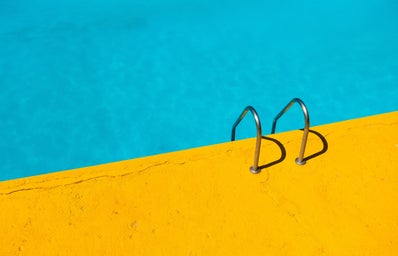Spring break season is upon us and we all have one thing in mind: getting a tan. If you aren’t tanning already in a tanning bed then you’re probably planning on lying out in the sun for hours on end to achieve that golden glow. While all that sounds great (who doesn’t love a nice glow?!), it is important to be aware of the consequences.
According to the Melanoma Research Foundation, up to “90% of melanomas are estimated to be caused by ultraviolet (UV) exposure. This includes UV exposure from sun and from artificial sources, such as tanning beds.” And if you’re one of those people using tanning beds thinking, “Well, who knows how much of that percentage is actually due to tanning beds”, think again. The World Health Organization’s International Agency for Research on Cancer has concluded that tanning beds and lamps are sorted into the highest cancer risk category along with plutonium and certain radium’s.
The tanning industry has been telling consumers for years that vitamin D is essential and that tanning beds are a great way of getting it. But, almost all tanning beds emit UVA, not UVB which is what the body actually needs to produce vitamin D (MRF). The safest way to actually get enough vitamin D is through diet. Also, the tanning industry will also try and convince consumers that a base tan helps prevent future skin damage. But according to the Center of Disease Control, “people who indoor tan are more likely to report getting sunburned.”
So, how can you get a safe tan? The best way would be a spray tan or fake tan lotion. While these may seem like a hassle and not worth it because they fade quicker than the effects of a tanning bed, it is MUCH safer, especially when combined with a sunscreen when you go out in the sun.
Photos: 1


